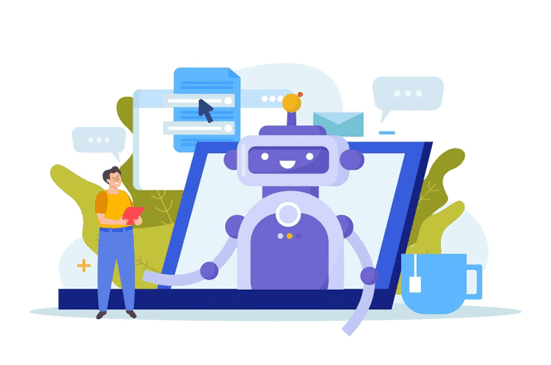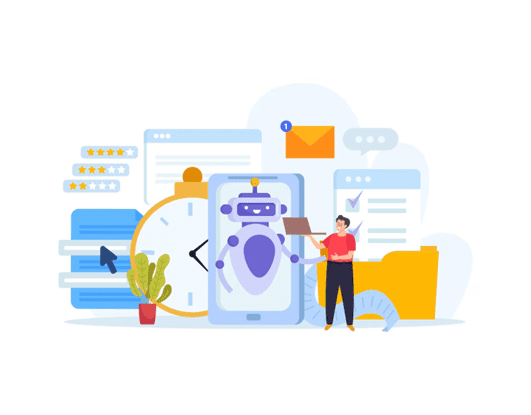People have learned to use AI (Artificial Intelligence) in many industries, including testing programs and applications. The introduction of machine learning has a positive impact on software development and examination, increasing its efficiency and speed.


Artificial intelligence tools can create test cases, detect defects, and help eliminate them. Let’s analyze the possibilities of implementing machine learning in the industry and explore its main advantages.
What AI in Testing Means and What Ways to Incorporate It
In software testing, machine learning refers to a method of generating or processing data using tools that are trained on human intelligence and can perform by copying human actions.
Implemented AI can process program code, check user interfaces, and analyze defect reports. It is a reliable method of automating the process when a tester performs only part of the tasks and shares the rest with a machine.
You can involve it yourself or use a trustworthy outsourcing company offer. If you need help, you can find out more details here.
Artificial intelligence has many capabilities, so there are several reasons to include it in a project. You can implement it to:
- Generate tests. It can analyze the code, software requirements, and previous test cases. Based on the information received, AI can create tests itself.
- Perform verification. Since machine learning is one of the automation methods, it can perform repetitive tests without human intervention. Moreover, it can update them according to changes that appeared during the product development or update process.
- Update test cases. Artificial intelligence can independently analyze the feasibility of existing cases, delete outdated ones, and create new ones in their place.
- Detect failures and anomalies. Modern tools can monitor system behavior, prioritize defects, and help you in eliminating them.
- Analyze test areas. Guided by previous data, AI can predict weak software areas that are prone to errors and create additional test coverage to avoid the possible risks.
You can use AI in one direction or several. It is one of the main trends in industry development, so its involvement is almost inevitable.
Main Benefits You Have to Know


Including artificial intelligence has many benefits. Below is a short list of key benefits of AI in software testing that you should consider:
- Expanding test coverage. It can generate additional test cases to increase their coverage and improve overall results.
- Increasing team productivity and testing efficiency. Using machine learning speeds up the process and reduces the burden on the QA department. As a result, the team can better focus on important tasks and complete the stage faster.
- Improving and accelerating regression testing. Examining a product after an update can require a lot of time and effort. AI solves the problem and can completely replace manual testing in this area.
- Increasing the accuracy of tests. Machine tools don’t have critical thinking skills but can easily detect errors that an engineer may miss.
- Providing detailed analytics. Artificial intelligence processes large amounts of information and provides clear and comprehensive reporting. It helps in further planning and research.
In addition, implementing modern tools can save costs in the long run. They can replace part of the team and, therefore, reduce the outlays on paying for labor or organizing workplaces.
Popular Tips and Tricks for Using AI
Incorporating new approaches requires experience and skills. If you want to include it to get better results, follow these simple tips:
- Integrate new tools gradually. You are unlikely to be able to automate the entire process at once because you will need a lot of new knowledge and a large budget. You can start by improving one section and gradually expand the AI use cases for your project.
- Configure and monitor the process. Although machine learning can analyze and generate data on its own, you need to monitor it to ensure that it performs its functions correctly.
- Format test resources. Artificial intelligence will not be able to process all documents or reports. To improve the experience, you need to standardize them.
- Analyze the results. Analyze the benefits of using AI for your product development and think about how to use the tools better. Review the reporting to know which areas need your intervention.
- Supplement automation with manual verification. Machine learning cannot replace human intelligence. Automate repetitive tests, leaving usability and interface navigation testing to real QA engineers.
Modern tools have a significant impact on software testing. AI can be one of the key assistants for improving it. Learn how to use it correctly and achieve better user experience, quick product examination, and high success rates.
